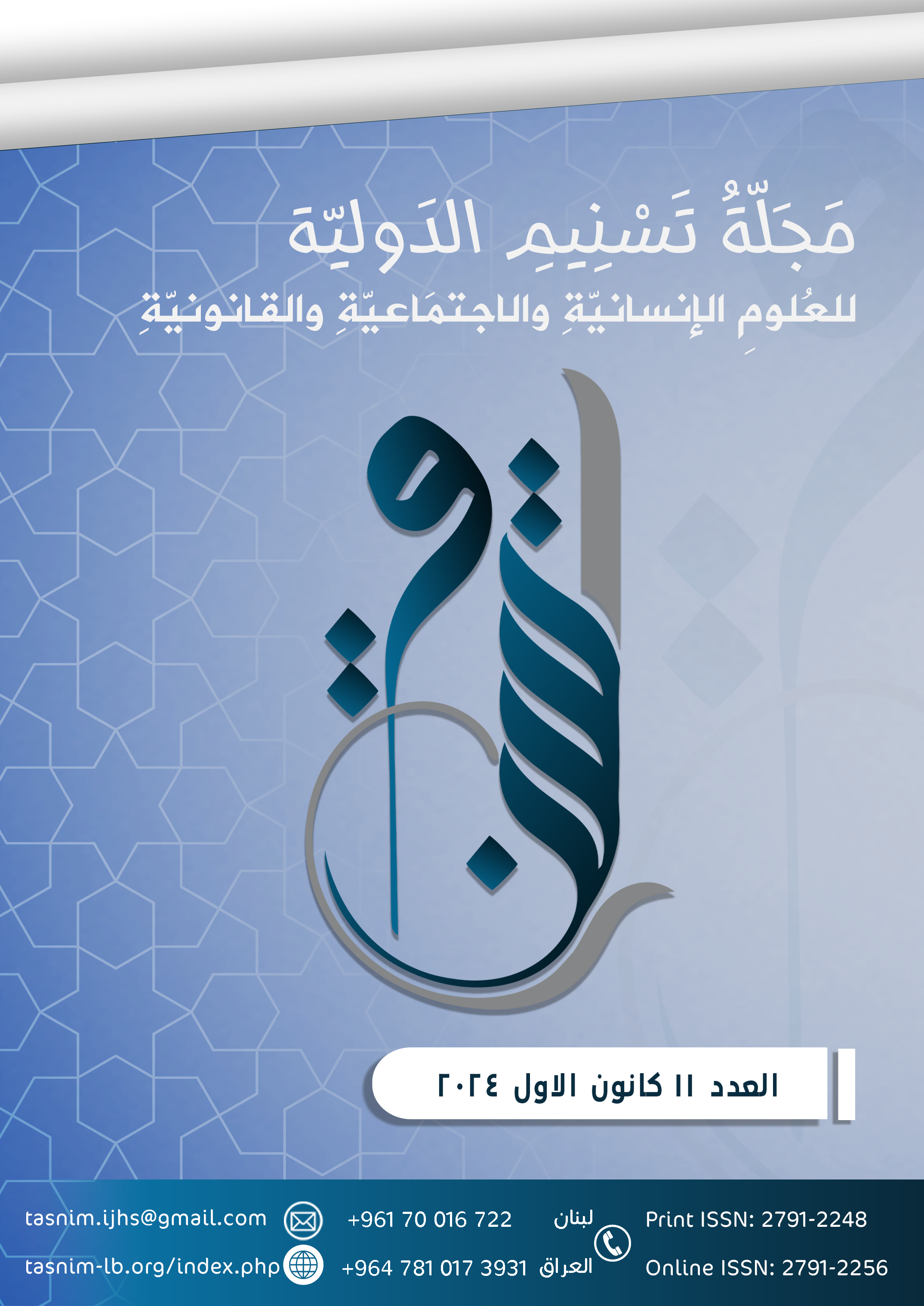توظيف التواصل الاجتماعي في تنمية أساليب التفكير لدى مصابي التوحد
DOI:
https://doi.org/10.56924/tasnim.11.2024/12Keywords:
Social media, Autism Spectrum Disorder, critical thinking, cognitive development, NajafAbstract
This study examines the impact of social media on developing thinking skills in individuals with Autism Spectrum Disorder (ASD), a group that faces significant challenges in social communication and cognitive processes. The research aims to explore the potential of these platforms in improving social interaction and fostering thinking skills through innovative educational and interactive applications.
The study employs a descriptive-analytical approach, reviewing previous research and analyzing field data collected in Najaf in 2024. The data includes the effects of social media on skills such as critical thinking, problem-solving, and enhancing attention and focus levels.
The findings reveal that social media can be an effective tool when thoughtfully and purposefully utilized to meet the needs of individuals with autism. It helps enhance interaction and stimulate creative thinking. However, certain risks must be considered, such as digital addiction and exposure to inappropriate content.
The study recommends integrating social media into rehabilitation and educational programs tailored for individuals with autism, designing interactive and safe content that addresses their specific needs. It also calls for further field research to develop effective usage models.
This research aims to open new horizons for improving the quality of life of individuals with autism using modern technology, contributing to the enhancement of their skills and achieving their integration into society.
Downloads

Downloads
Published
How to Cite
Issue
Section
License
Copyright (c) 2025 Tasnim International Journal for Human, Social and Legal Sciences

This work is licensed under a Creative Commons Attribution-NonCommercial-NoDerivatives 4.0 International License.





